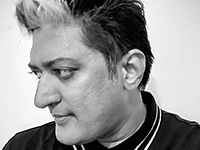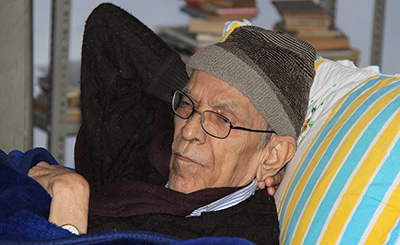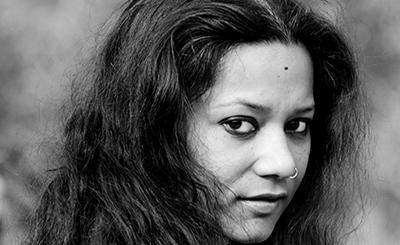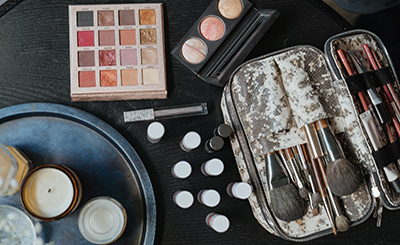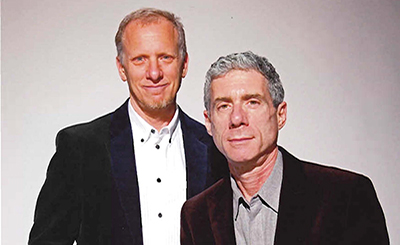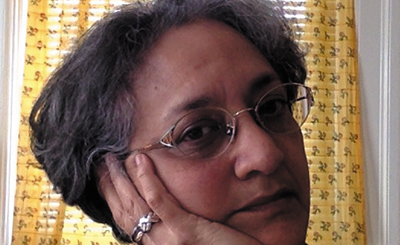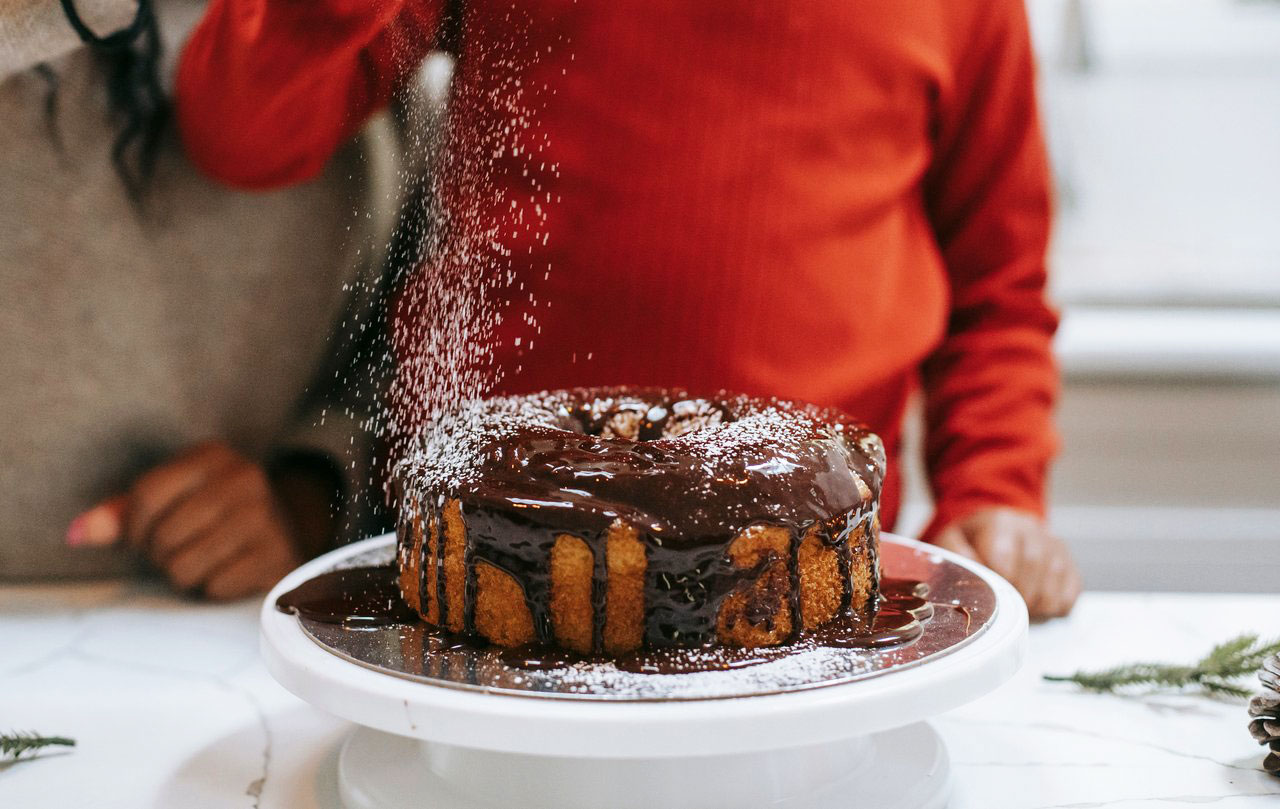
The cake is the stuff dreams are made of. It is a profusion of emotions. It offers to be a canvas for our feelings by allowing itself to be written on.
A monthly column about miscellaneous things, curated by Palash Krishna Mehrotra
I was probably five years old. We had moved to Bandra, near Band Stand; from Mehsana, a small hamlet in north Gujarat, where my father, a geologist studying rock samples for traces of oil, had been stationed. Bollywood stars dwelled here; we were told. The men folk, by the clock, went for a morning walk and bumped into the queen of Bollywood and muttered “Namaste Rekhaji’ hurriedly. Their existence now declared a complete success.
On my birthday, my mother, trying to keep pace with the new neighbourhood, had attempted a cake. She initially planned to cook ‘suji halwa’ but, at my insistence, she baked a cake and decorated it with colourful saunf (fennel seeds) to mimic the sprinkles seen on cakes in the expensive bakeries. I intuited this was a fraud cake and remember being fairly uncomfortable with the whole thing. But we had a great time, and everyone went home happily with their packet of return gift, comprising a whistle or two.
The cake has always been at odds with Indian culture; boldly resisting Indianization. The cake is not a ladoo or a halwa.
Unlike other Indian sweets that offer concrete feedback upon chewing, in comparison, the cake is frothy, spongy, light…made with air. It is the stuff dreams are made of. The cake is a petite platform for a diorama-like world. We fabricate our fantasy world on it. Little cottages from Hansel and Gretel. Iridescent blue pools of jelly, bunnies and bambi peeking through bushes and log cabins made of frosting and candy. (Initially, I found it weird to nibble on the fondant bunnies and stuffed them in my pockets where they melted or became mouldy).
The cake is not a holy prasad. You don’t make cake sitting cross-legged on the floor like you do patiently rolling gulab jamuns or stuffing gujiyas. There is always an incense-laden air of devoutness surrounding Indian sweets. But the cake is prepared on the kitchen platform or the table, standing upright, like a person of science in a lab.
Precisely because the cake is not pious, everyone plays with it. We don’t grant the cake sacred respect; this becomes evident in the film Jaane Bhi Do Yaaro (1983) where we are well instructed to ‘thoda khao, thoda phenko’. I have seen grown-ups living in fear of birthday celebrations because every office has a dreaded cake smearer who responds to an inner calling and transforms the occasion into a Braj ki Holi or a Spanish Tomatina festival; without fail. I have yet to witness people being attacked with a barfi or a pedha.
We often have the cake on birthdays and wedding anniversaries. It arrives like a chief guest late to the party. All eyes turn to look at it. As it makes its way from the interiors, a hush of silence sweeps the room. The kids begin to rock on their toes and chitter like little creatures, in the presence of a great lord of the forest. A hypnotic aura of magic and wonderment oozes from the cake and the kids are drawn towards it with their mouths open. Many of them can no longer contain themselves and try to paw it and lick it before the chosen one can cut the cake. It is tempting, a veritable pièce de résistance.
However, the cakes make the adult feel awkward. The whole lot of people singing for you, you the cynosure of all eyes, we squirm and wonder if our belt is in the right place and patiently wait for life to return to normal. Indian grandparents not used to display of affection often weep when their families tell them how much they love them. The cake is at the centre of this sentimentality. A multi-layered delight, hard to handle, it ends up being shoved into their nose or hangs weirdly on their chin like shaving foam. The cake is a profusion of emotion.
The cake also offers to be a canvas for our feelings by allowing itself to be written on. Elaborate messages in cursive font, squeezed out artfully out of the icing tube, make it a palpable piece of sentiment, like a Hallmark card. Also, the cake can assume any shape. Talented baking artists are known to shape cakes from toilet commodes to cricket bats. This readiness of the cake to telegraph the occasion visibly separates it from the Indian sweets that pale in comparison as mere purveyors of oral delight. The cake reigns supreme in our life as a literal message of our happiness, a delightful piece of edible communication.
More from The Byword
Comments
*Comments will be moderated



